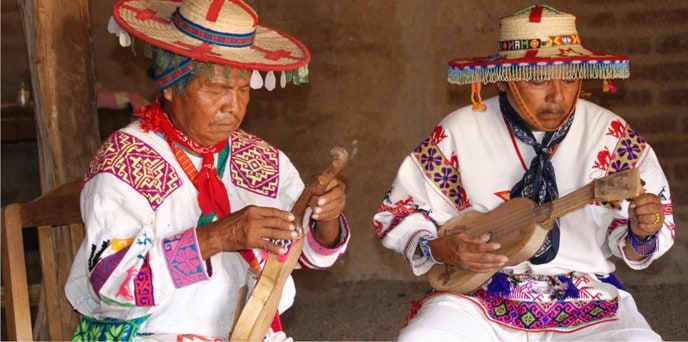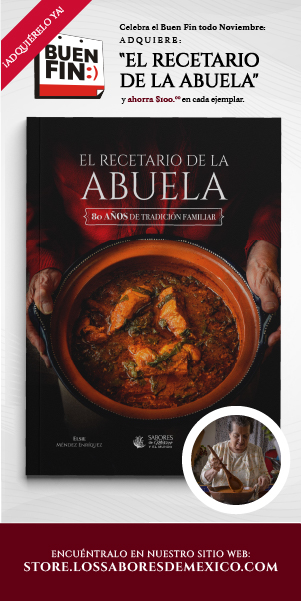By: Cristina Barros y Manuel Buenrostro
One of the 62 original cultures of Mexico is that of the Mexicaneros; they live in the region where Jalisco, Nayarit, Durango and Zacatecas meet; the largest settlement is in the Duranguense municipality of Mezquital. Their mother tongue is Mexicanero, of the Nahuatl family; They also speak Spanish.
The conditions of the terrain are difficult because it is rugged and stony. It rains between June and October and the average temperature is 22 degrees Celsius. In this semi-desert landscape there are many cacti, chalates, mezquites, magueyes, nopales and pitayas. They plant orange and fig trees, and they also grow watermelon, papaya and sugar cane; They grow corn, beans and squash in the fields.
The nature of Mexicaneros region
Among the animals of the area are wild cats, coyotes, eagles and vultures. There are many scorpions that are a symbol of Durango, as well as edible animals such as squirrels, rabbits, badgers and iguanas.
They share the cult of the deer with the Huichols or Wirarika, present in some ceremonies; these animals, sacred to them, are besieged by hunters. When they hunt venison, some Mexicaneros use inherited techniques, such as the bow and arrow, or traps made with maguey fiber or ixtle that they know as tepémet. They use the same technique to hunt boar.
Among their food they have wild birds of the güilotas family: wilot cantaro, the wilot widower, and turkey. To catch and cook these birds they make something similar to a grate made with a kind of basket called cacaxtle. They make a hole that they cover with light sticks and inside they place amaranth seeds called huate; huauhtli in Nahuatl. When they are hungry, they pull a rope that they tie to the sticks and the little birds fall into the cacaxtle.
Agricultural Pactrices of the Mexicaneros
Neyra Navarro reflected on agricultural practices and hunting-gathering in his article mexicaneros en el Norte de México: una reflexión sobre las prácticas agrícolas y de caza-recolección
(“Mexicaneros in the North of Mexico:a reflection on their agricultural practices and hunting and gathering”). The article refers in particular to those who live in San Pedro Jícara, a town located in the ravine that is the bed of the San Pedro River, in the municipality of Mezquital.
To fish, old nazas (fishing baskets) are replaced with grocery bags. They put them in the river when there are floods after the first rains and they capture several species at once. They also use rope, which they tie at a distance from each other, and use several threads and hooks. They place them along the river and watch over it throughout the night until some fish catches, like catfish, mojarra, trout, sucker; There are river shrimp among the stones.
Article published in the Itacate section of the La Jornada newspaper
We invite you to read the interesting articles by Cristina Barrios and Marco Buenrostro here

